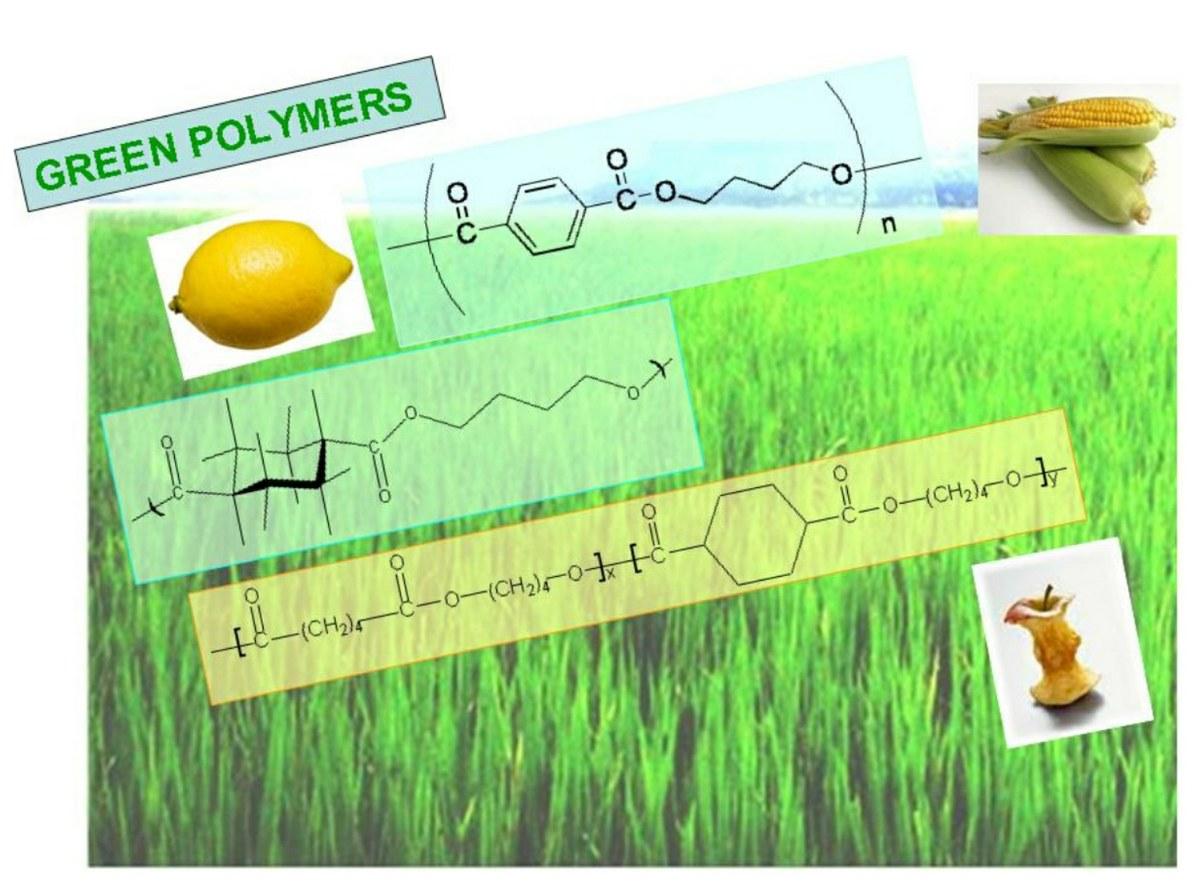Contemporary civilization is inextricably linked with polymer materials. Commonly used in many branches of technology or medicine, they are frequently associated exclusively with plastics, which is wrong because many live organisms produce environment friendly biopolymers. Among the commonly known ones, there is cellulose (wood is made of fibrous cellulose) and starch (present in potatoes), which chemists call polysaccharides (cellulose - wood, starch - potatoes), as well as polypeptides - proteins that are present in all live organisms.
Bacterial polymers or maybe polymers synthesized by plants are the materials of the future?
During their growth, most plants synthesize numerous polymers that have unique properties. An interesting group are polymers produced in bacterial fermentation of sugars or lipids (fats). These are the so called polyhydroxyalkanoates or PHAs. They are frequently produced by plants to serve as their storage and energy tissue. Thus, PHA can be said to be a bioplastic from renewable sources, most often synthesized by bacteria or obtained from monomers, synthesized biotechnologically. It needs to be highlighted that PHAs are polymers that are 100% biodegradable and biocompatible with human tissues. That is why they are frequently used in medicine as implants for humans and animals.
Waste gets a second life
Research is being conducted on using waste from the food and beverage industry as substrates for PHAs production. There have been interesting reports on the use of whey, waste oil, and vegetable and food processing waste such as peels, cores, stones and pits. It is worth making a point of the fact that biodegradable PHA polymers - polihydroxyalkanoates - are an interesting alternative to synthetic plastics (petro-polymers) which are derived from petroleum products.
What stops green polymers from common use is their high cost. In the future, biodegradable polyesters produced from renewable sources may be utilized in the sector of disposable food packaging. Most of us are aware what huge amounts of those are used these days and how dangerous their environmental impact is. There are numerous publications available where you can find information about positive outcomes of producing PHA through organic recycling such as composting.
(autor; A. Celli) (http://www.dicam.unibo.it/en/Research/Projects-and-activities/Materials…)





